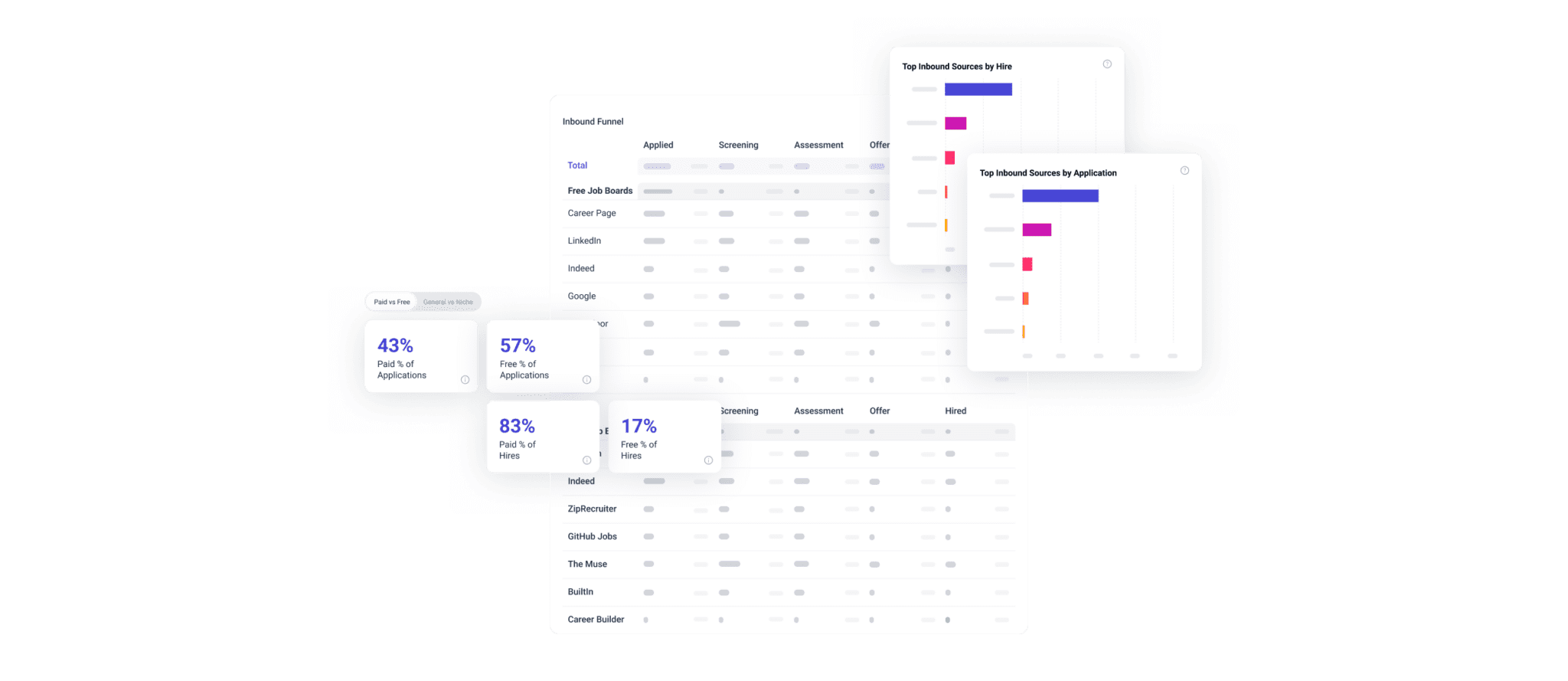Many of today’s hiring teams use recruiting diversity hacks to try to build diverse workplaces. Diversity hacks are attempts to artificially create diverse candidates pools. The most famous of these is the Rooney Rule, which has had mixed results, but there are others. Here’s a quick overview.
What are recruiting diversity hacks?
Recruiting diversity hacks attempt to promote fairness in hiring for historically underrepresented groups. The most well-known recruiting diversity hack is the Rooney Rule in the NFL. The Rooney Rule requires NFL teams to interview at least one ethnic-minority candidate for every head coaching job.
Recruiting diversity hacks are growing in popularity
More people are paying attention to diversity and inclusion all the time. In 2014, a survey by Glassdoor found that 37% of company executives thought diversity and inclusion was an important issue. By 2017, that number had risen to 69%.
Hacks have gained in popularity too as employers and employees are more generally aware of the benefits of a diverse workforce.
“New research by Deloitte and other academic institutions demonstrates that diverse and inclusive teams are more innovative, engaged, and creative in their work,” reports Deloitte. “Our research comparing high-performing teams against lower-performing teams supports the view that people must feel included in order to speak up and fully contribute.”
Examples of hacks
Some of the biggest companies on the planet are turning to diversity hacks, in one form or another. Here’s a couple that companies are using.
‘Diverse slate approach’
Facebook uses what they call a diverse slate approach. When hiring for a position, Facebook’s recruiters offer hiring managers at least one qualified candidate from an underrepresented group.
“This approach, similar to the Rooney Rule in the [NFL],” writes Facebook Global Director of Diversity Maxine Williams. “Encourages recruiters to look longer, harder and smarter for more diversity in the talent pool and ensures that hiring managers are exposed to a range of different candidates during the interview process.”
Diversity hiring grants
HubSpot uses the Rooney Rule as well, but they also set up a grant system to increase diversity in hiring. (The Norrington Grant takes its name from Lorrie Norrington of HubSpot’s Board of Directors.)
“The [Norrington Grant] is funded by our CEO and COO respectively,” writes Katie Burke, Chief People Officer at HubSpot. “[It] provides senior leaders across the company the budget flexibility they need to compete for top non-majority talent at the director level and above.”
Blind recruitment
Another popular option for recruiting diversity hacks is blind recruitment. Basically, hiring teams can lessen the impact of bias by blocking names and photos from those reviewing resumes.
According to the Society for Human Resource Management (SHRM), blind recruitment may have started in the Toronto Symphony Orchestra in the 1970s. The orchestra, which was “almost entirely” white and male, started holding blind auditions with partitions blocking the auditioners from view.
“This led to a tremendous shift in the way the whole industry brought on talent, with blind auditions becoming the norm,” writes SHRM. “As a result, the ratio of female musicians in the top U.S. orchestras increased from less than 5 percent in 1970 to 25 percent in the 1990s, according to a 1997 study published by the National Bureau of Economic Research.”
The idea has spread beyond symphonies. Hiring managers at some companies now review resumes without seeing the names or photos of the applicants. By doing so, they lessen the likelihood that their inherent biases will affect their decision.
Recruiting diversity hacks
Some of today’s largest and most forward-thinking companies have introduced recruiting diversity hacks into their hiring processes. The Rooney Rule is the most popular, but recruiters are currently using others and may develop more in the years ahead. The question is how they actually help with diversity, equity, and inclusion efforts. And also how to use them.







